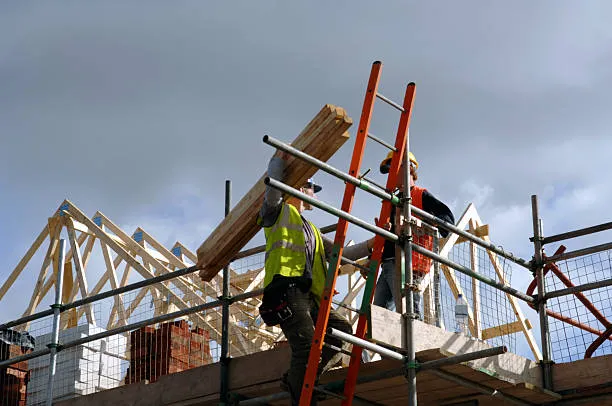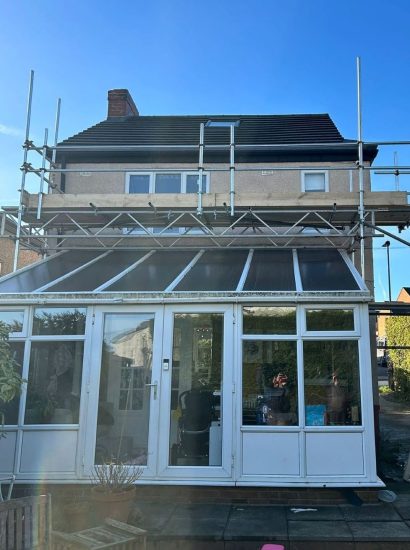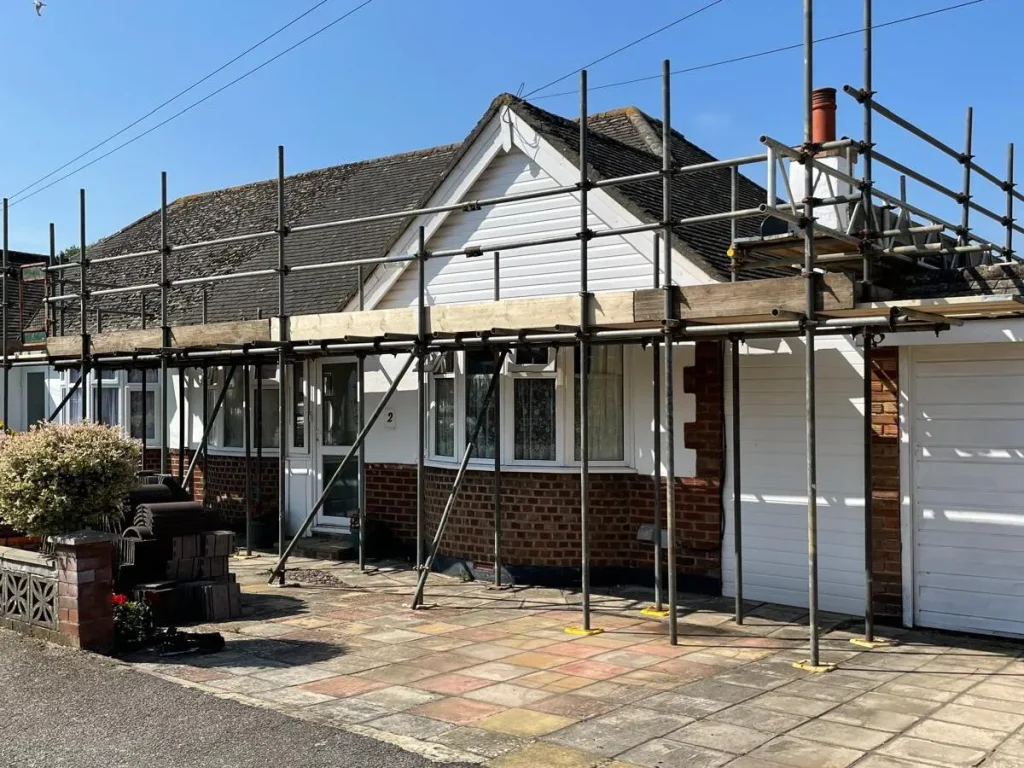Does Scaffolding Damage Walls?
When hiring scaffolding for a project, many property owners often ask one common question: Does scaffolding damage walls? This concern is valid, especially when the work involves residential homes, commercial properties, or historic buildings. At Edan Scaffolding, we prioritize safety, structural care, and professional practices to ensure scaffolding is both effective and non-invasive.
In this guide, we’ll explain how scaffolding is installed, what precautions are taken to prevent damage, and how professionals like us make sure your walls remain safe throughout the process.
Understanding Scaffolding and Its Purpose
Scaffolding provides a temporary structure that allows workers to access higher levels of a building safely. It is essential for roofing, painting, maintenance, or large-scale construction projects. While scaffolding is designed for convenience and safety, poor installation or careless handling can potentially cause minor marks or structural issues. That’s why hiring an experienced company like Edan Scaffolding ensures your project runs smoothly without risk to your property.

Does Scaffolding Actually Damage Walls?
The short answer is: No, when installed properly, scaffolding does not damage walls.
Here’s why:
1. Protective Measures Are Used – Professional scaffolders use base plates, padding, and stabilisers to distribute weight evenly and avoid direct pressure on walls.
2. Non-Invasive Setup – Scaffolding is designed to stand independently, supported by the ground rather than leaning heavily against the building.
3. Expert Handling – Skilled scaffolders assess the structure, ensuring walls are not overloaded or stressed.
4. Temporary Fixtures Only – In some cases, ties may be used to secure scaffolding, but these are positioned strategically to prevent long-term damage.
So, if scaffolding is erected by an untrained team, risks may arise. But with professional installation, your walls remain protected.

How Professionals Prevent Wall Damage
At Edan Scaffolding, we use several best practices to safeguard your property:
• Site Assessment: Before installation, we inspect the building’s structure, surface, and ground stability.
• Protective Barriers: Foam or rubber padding is applied where scaffolding touches walls.
• Even Load Distribution: Base jacks and sole boards spread the weight safely.
• Minimal Wall Contact: Modern scaffolding is designed to stand independently, avoiding heavy reliance on your walls.
• Careful Dismantling: Just as important as setup, dismantling is done with precision to avoid scratches or marks.
These precautions ensure your property remains intact before, during, and after the project.
Common Misconceptions About Scaffolding
1. Scaffolding always leaves marks – With professional care, walls remain mark-free.
2. It’s unsafe for older buildings – On the contrary, proper scaffolding is safer for fragile structures because it reduces direct handling.
3. All scaffolding presses against the walls – Not true. Freestanding systems often rely on ground support instead.
We serve other areas also.
At Edan Scaffolding, we proudly serve a wide range of areas across the Midlands and beyond. Our expert scaffolding services are available in:
- Scaffolding in Derby
- Scaffolding in Shropshire
- Scaffolding in Rugby
- Scaffolding in Dudley
- Scaffolding in Stafford
- Scaffolding in Burton
- Scaffolding in Telford
- Scaffolding in Solihull
- Scaffolding in Herefordshire
- Scaffolding in Walsall
- Scaffolding in Oldbury
- Scaffolding in Redditch
- Scaffolding in Coventry
- Scaffolding in Smethwick
- Scaffolding in Staffordshire
- Scaffolding in Wolverhampton
- Scaffolding in Mowbray
- Scaffolding in Leicester
- Scaffolding in Shrewsbury
- Scaffolding in Stourbridge
- Scaffolding in Nottingham
- Scaffolding in Birmingham
- Scaffolding in Warwickshire
- Scaffolding in Kidderminster
- Scaffolding in Stoke On Trent
FAQs About Scaffolding and Wall Safety
No. When installed correctly, scaffolding distributes its weight to the ground, not the wall, preventing cracks.
In some cases, ties may be fixed for stability, but these are strategically placed and removed carefully, leaving minimal or no visible marks.
We use padding, protective boards, and careful tie placements to ensure no damage occurs to delicate finishes.
Yes. Our team takes extra precautions for older structures, using non-invasive systems wherever possible.
Not if handled properly. We ensure scaffolding is kept clean and dismantled with care to prevent debris transfer.
Extended periods won’t harm walls if installed correctly. However, regular checks are carried out to maintain safety.
Absolutely. We can add extra padding, coverings, or custom solutions for extra reassurance.
Not at all. Our scaffolding systems are designed for stability, and we secure them to withstand wind, rain, and other conditions without affecting your walls.
Final Thoughts
Scaffolding, when erected by experienced professionals, does not damage walls. At Edan Scaffolding, we combine technical expertise with protective measures to ensure your property is safe from start to finish. Whether you’re planning minor repairs or a large-scale renovation, our team ensures scaffolding is reliable, secure, and wall-friendly. If you’re looking for trustworthy scaffolding services, reach out to Edan Scaffolding—your safety and property care are our priority.

